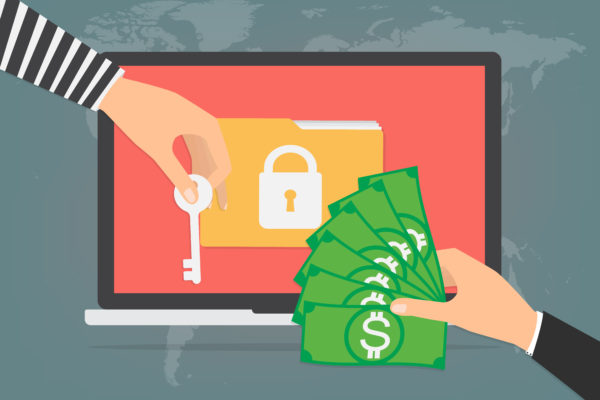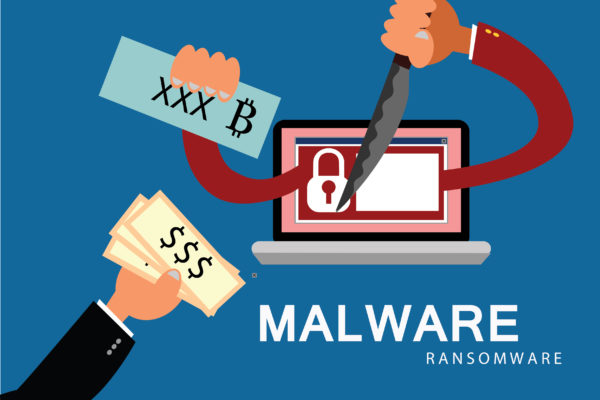A digital security company has recently conducted a survey of 630 organizations all around the world to draw the current picture of the cyber security landscape. Ransomware, one of the leading threats in the cyber domain, has also been extensively discussed between the surveyor and respondents from the industry.
There is a general consensus among the industry that ransomware is one of the most lethal cyber threat faced by businesses. Organizations have also been asked about the initial point of a security breach that leads to ransomware activity. Unsurprisingly, 75 percent of companies have recognized email as the source through which cryptovirological attackers deliver the payload. 23 and 32 percent of respondent organizations have reported security breaches originating from network traffic and web traffic respectively.
Phishing email, a module of social engineering tactics, is used by ransomware operators to deliver encryption code to the targeted devices. And as soon as the user clicks the link given in the email or downloads the attached file, an uncontainable cryptovirological activity sets off on the device. At that time, only effective ransomware removal measure can help in neutralizing the resultant encryption.
The culprit is lack of employee training
Phishing and spear phishing continues to be effective ransomware delivery method because organizations are not educating their employees accordingly. The survey reveals that nearly one-fourth of organizations don’t train their employees to deal with social engineering exploits even though they consider training an essential measure to prevent cyber attacks.
A rewarding tradeoff
By spending nominal resources on employee training, organizations can save considerable costs that come in the form of downtime losses and ransomware removal measures. In a similar manner, a trained staff can protect organizations from getting played into the hands of cybercriminals for ransomware removal.



